8 Low-Maintenance Landscaping Ideas for Arkansas
BY KIMBERLY MAGERL | MAY 12TH, 2023 | ARKANSAS, LAWN CAREHiking, camping, kayaking, and exploring the great outdoors of the Natural State are all more fun and interesting than maintaining your Arkansas lawn. Luckily, there are low-maintenance landscaping ideas that will cut down on your lawn care chores so you can get outside to soak up the sun.
Switching to low-maintenance landscaping means less time, effort, water, weeding, mowing, and pests. In subtropical areas like Arkansas, where summer temperatures reach 100 degrees Fahrenheit and impenetrable rocky soils reign supreme in many regions, energy and water conservation is important.
In this article, we’ll cover:
8 Low-Maintenance Landscaping Ideas for Arkansas
- Go Natural With Native Plants
- Plant Perennials
- Mulch Your Flower Beds
- Add Sustainable Hardscaping
- Conserve Water With Xeriscaping
- Eliminate Mowing With Groundcover
- Consider Artificial Grass
- Plant Southern Succulents
FAQ About Low-Maintenance Landscaping in Arkansas
1. Go Natural With Native Plants
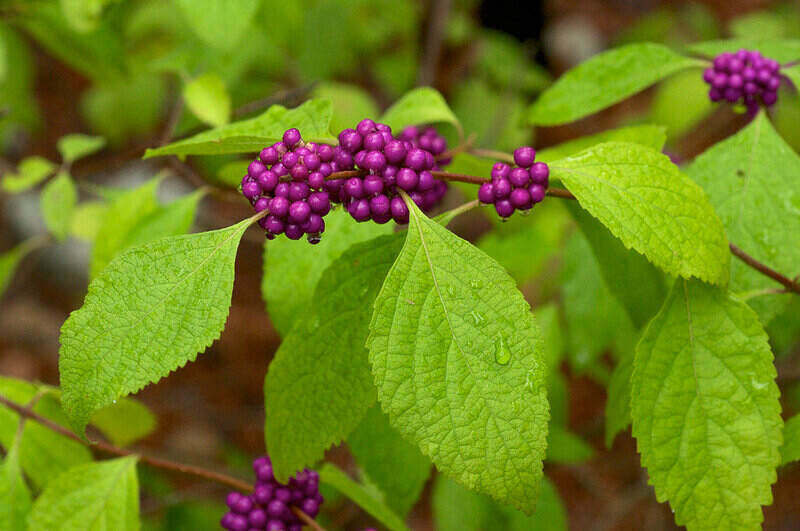
Photo Credit: Eric Hunt / Wikimedia Commons / CC BY-SA 3.0
Native plants promote a healthy ecosystem and support conservation efforts. From preferring full sun to partial shade, they are the most low-maintenance plants you can include in your landscaping project and thrive in Arkansas’ unique climate.
Native plants thrive in the summer heat while remaining cold-hardy enough to survive a surprise winter snow in the northern half of the state. Best of all, native plants are hands off, water efficient, and resistant to local insects and diseases.
There are many Arkansas native plants to choose from, including:
- American Beautyberry (Callicarpa americana)
- Arkansas Beardtongue (Penstemon arkansanus)
- Arkansas Bluestar (Amsonia hubrichtii)
- Purple Coneflower (Echinacea purpurea)
- Sweetshrub (Calycanthus)
Advantages of native plants:
- Thrive in Arkansas’ subtropical climate and four seasons
- Require less water, fertilizer, and pesticides
- Support a diverse ecosystem, providing food and shelter for local wildlife, hummingbirds, and pollinators
- Disease and pest-resistant
- Prevent water run-off
- Improve air quality
Estimated cost: Native plant prices vary widely based on many factors, including type, size, and location. On average, you can expect to spend between $15 to $50 per shrub, $5 to $50 per vine, and $200 to $1,500 per tree.
2. Plant Perennials

Photo Credit: grassrootsgroundswell / Wikimedia Commons / CC BY 2.0
Inexpensive and eye-catching blooms line the shelves of local stores, catching our eyes and begging to be brought home. Don’t let these vibrant flowers fool you. They are beautiful, but just for now. These landscape plants are annuals and only last one growing season before dying in the late fall. However, if bright blooms are your thing, you can switch out your annuals for drought-tolerant or cold-resistant perennials.
Perennials bloom year after year, surviving the cold Arkansas winters. They have a shorter, more defined blooming season than annuals and are more expensive. However, they tolerate more extreme weather and come in many varieties, including shade-tolerant, deer-resistant, and low-maintenance wildflowers, ornamental grasses, shrubs, vines, and more.
If you are ready for landscaping beauty that bounces back every year, check out some of the best perennials for the Natural State:
- Black-eyed Susan (Rudbeckia hirta)
- Common Rose Mallow (Hibiscus moscheutos)
- Daylily (Hemerocallis sp.)
- Hosta (Hosta sp.)
- Hydrangea (Hydrangea sp.)
- Moss Phlox (Phlox subulata)
Advantages of perennials:
- Bloom yearly
- Last 10-20 years or more
- Improve soil structure
- Prevent erosion
- Water and nutrient-efficient
Estimated cost: Like native plants, the average cost of perennial plants varies depending on the size and type of plant, purchase location, and whether you are having a professional handle your landscaping. If you head to your local store to purchase your own perennials, you can expect to spend between $10 to $100 per plant.
3. Mulch Your Flower Beds
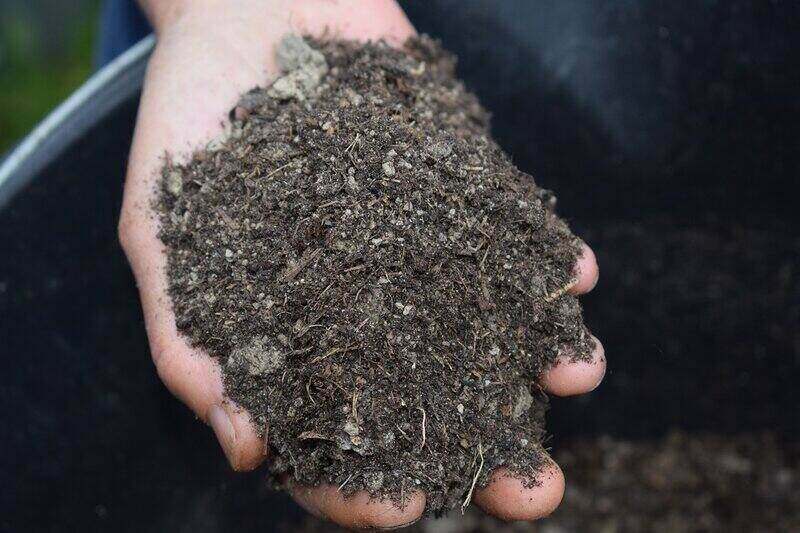
Photo Credit: Pixabay
Mulch is an inexpensive DIY job that provides enormous benefits for your Arkansas landscape. Mulch helps reduce weeds, conserve moisture, and protect your plants’ roots from cold and heat. It is a loose material typically made of inorganic or organic matter like compost, tree bark, wood chips, or rubber.
Organic mulch adds beneficial nutrients to the soil as it decomposes. Inorganic mulches are more durable and low-maintenance but do not offer additional nutrients. It is important to note you will need to replace organic mulches like wood chips annually with a fresh layer.
Some examples of mulch are:
Organic mulch:
- Hardwood and softwood chips
- Bark
- Wood shavings
- Pine needles
- Straw or hay
- Leaves
- Grass clippings
Inorganic mulch:
- Rock, stone, lava rock
- Landscape glass
- Rubber mulch
- Landscape fabric
- Reflective mulch
Advantages of mulch:
- Increases moisture retention
- Reduces weeds
- Protects plant roots from extreme heat and cold
- Reduces evaporation
- Adds curb appeal
Estimated cost: According to Lowes and Home Depot, wood mulch costs between $3 to $5 per 2-cubic-foot bag. Rubber mulch is more durable and expensive, costing around $8 to $10 per 0.8-cubic-foot bag. If your landscaping project requires a lot of mulch, you can often purchase it in bulk to save money.
4. Add Sustainable Hardscaping
Arkansas summers are hot, but you can beat the heat. The fewer plants in your landscape design, the less time you will spend maintaining your lawn and garden. Consider hardscaping your backyard to add sustainable visual interest while eliminating the need for weekly maintenance.
Hard rock, regolith, gravel, and impenetrable soils make up a large portion of Arkansas soils, including the Arkansas River Valley, Ouachita Mountain, and the Ozark Plateau regions of central and northern Arkansas. The stiff and infertile soils found throughout these regions make creating a thriving landscape with a lush lawn, deep roots, and garden beds a difficult task. Fortunately, you don’t need a green thumb to add hardscaping to your landscape.
Hardscapes are man-made features, including:
- Decks
- Patios
- Pergolas
- Garden paths
- Decorative stones
- Fire pits
- Rock gardens
- Water features
- Grill surrounds
Hardscapes are a set-it-and-forget-it choice for your landscape. They don’t require watering, pruning, or mowing. In fact, they don’t require maintenance at all except for an annual cleaning. Be prepared. Hardscapes are an expensive upfront investment, but they increase your home’s value and curb appeal.
Advantages of hardscapes:
- Only require annual cleaning
- Increase property value and curb appeal
- Define spaces and increase functionality: entertaining, cooking, outdoor living
- Conserve water
- Reduce weeds and pests
- Create shade
- Reduce soil erosion
Estimated cost: Be prepared to spend around $7,500 for a new deck, $4,000 for a patio, $850 for a fire pit, and $3,000 for a flagstone walkway.
5. Conserve Water With Xeriscaping
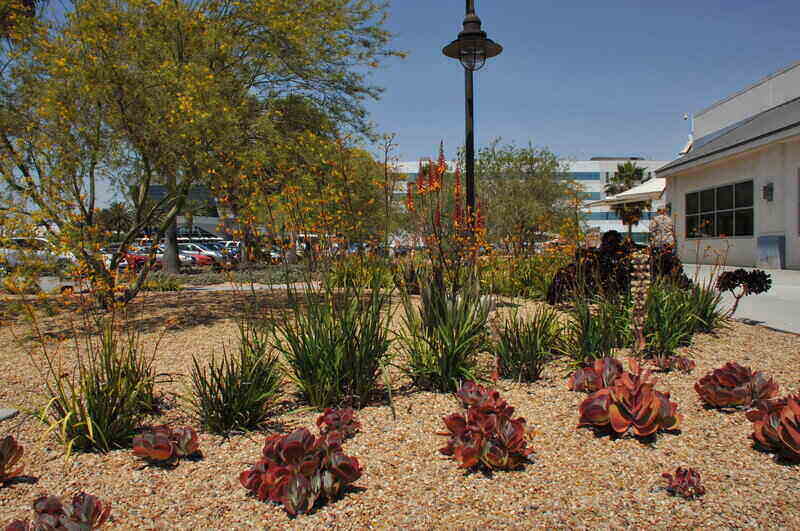
Photo Credit: RawPixel
Arkansas’ humid subtropical climate supplies ample water for industry, agriculture, recreation, and municipal systems. However, rainfall decreases in mid to late summer. When coupled with the hot summer temperatures, periods of drought can occur. However, typically the state is a low-risk drought state.
Like hardscaping, xeriscaping focuses on low-maintenance landscaping with additional emphasis on water conservation. Xeriscaping involves creating a beautiful home landscape that requires no watering except natural rainfall.
Arkansas native plants and turfgrasses are a great water-wise option for xeriscaping your yard. They are naturally drought resistant and adapted to harsh seasonal shifts. Besides native plants, some basic steps for xeriscaping your yard include:
- Plan and hydrozone your landscape by grouping plants with similar water needs together
- Mulch your flower beds for maximum water retention
- Install smart irrigation with a rain sensor, drip lines, and automatic sprinklers
- Minimize turfgrass area
- Blend hardscaping elements into your landscape
Advantages of xeriscaping:
- Conserves water
- Reduces pesticide and herbicide use
- Lowers water bills
- Reduces runoff
Estimated cost: Professional xeriscaping costs between $5 to $20 per square foot, depending on many factors like plant selection and the size of your yard. While upfront costs may seem high, you will save around $0.36 per square foot annually on water and maintenance costs.
6. Eliminate Mowing With Groundcover
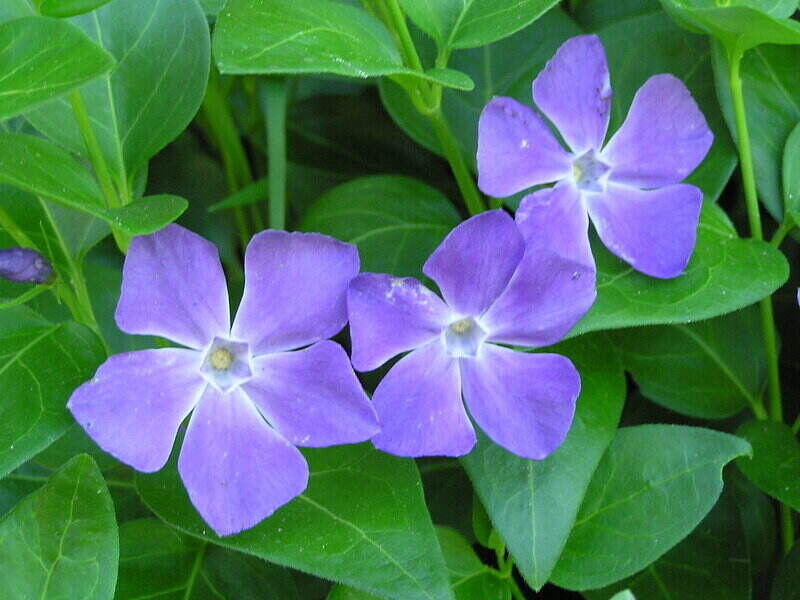
Photo Credit: Cslucas / Wikimedia Commons / CC BY-SA 4.0
Slopes, shade, dense clay, and sedimentary rock all have one thing in common. They can make growing turfgrass incredibly difficult. Luckily, your lawn doesn’t need to be covered in traditional grass to have a thick, green appearance. Low-maintenance groundcover makes a great alternative to grass. These plants grow a few inches tall and spread quickly to fill horizontal space.
Groundcover fills areas of your lawn to mimic “grass.” They are low-maintenance, which means less work for you. These plants still require water and the occasional fertilizer, but selecting a native Arkansas groundcover will ensure your new “grass” is hardy, drought tolerant, and low-maintenance.
Check out these popular Arkansas groundcovers:
- Bigleaf Vinca (Vinca major)
- Japanese Star Jasmine (Trachelospermum asiaticum)
- Liriope (Lirope muscari)
Advantages of groundcovers:
- Conserves water
- Pest resistant
- No mowing required
- Fewer weeds
- Requires fewer chemicals
Estimated cost: According to Lowes, groundcover plants cost around $5 to $50 each, depending on size.
7. Consider Artificial Grass
365 days of perfectly manicured, lush, green lawn is possible if you channel your favorite 1970s sitcom family, the Brady Bunch. Artificial turf is eco-friendly, comes in a variety of colors and styles, and is essentially an outdoor carpet. And contrary to popular belief, it is really hard to tell fake grass from real grass in most cases.
Artificial grass is virtually maintenance-free. However, it is expensive to install and may render your soil unusable in the future. Luckily, this won’t matter if you live in one of Arkansas’ dense and rocky soil regions.
Advantages of artificial grass:
- No maintenance other than occasional cleaning
- Pest free
- Reduces water consumption
- Doesn’t require chemicals
- Lasts up to 20 years
Estimated cost: Professional artificial grass installation costs between $5 to $20 per square foot.
8. Plant Southern Succulents
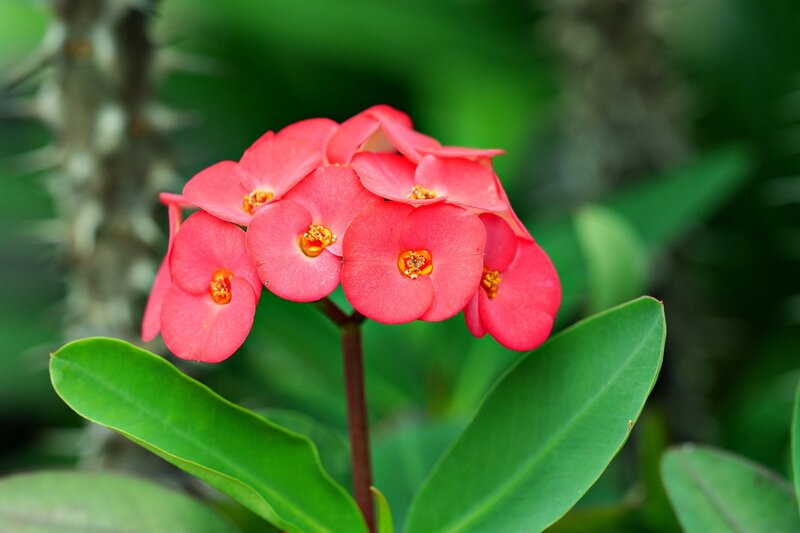
Photo Credit: Pixabay
If you live in the southern half of Arkansas, consider planting drought-resistant succulents like cacti, agaves, or stonecrops. Succulents love arid climates and thrive in dense and rocky Arkansas soils thanks to their thick leaves and shallow root systems. They prefer to be left alone, so you can forget about watering your plants and let nature take over. Succulents come in a variety of shapes and sizes and work great in back and front yards.
Check out these popular succulents that are great for Arkansas landscapes:
- Crown of Thorns Hybrid (Euphorbia x lomi)
- Prickly Pear Cactus (Opuntia humifusa)
- Stonecrop Sedum (Sedum hylotelephium)
Advantages of succulents:
- Drought-resistant
- Diverse shapes and sizes
- Adaptable
Estimated cost: The price depends on the size and type of succulent and ranges from $10 to $75 per plant.
FAQ About Low-Maintenance Arkansas Landscaping
Arkansas is home to many urbanized rural areas that share landscape space with local wildlife, including deer. The best method to deter deer is using landscape plants they prefer not to eat.
• Deer-resistant Arkansas plants include:
• Beebalm (Monarda)
• Bluestar (Amsonia)
• Butterfly-bush (Buddleia davidii)
• Forsythia (Forsythia x intermedia)
• Thyme (Thymus sp.)
• Wisteria (Wisteria sp.)
No. It is typically unnecessary to mow groundcover. They are a low-maintenance alternative to traditional turfgrass and only grow to heights of several inches.
There are many types of artificial turf, including pet-friendly turf, that are specially designed for your furry family members to be stain and odor resistant and easy to clean.
Professional Arkansas Landscape Maintenance
Low-maintenance landscaping is the first step to reclaiming your weekends. Unfortunately, low maintenance doesn’t mean no maintenance. Consider your yard’s unique microclimate and hardiness zone when selecting native plants for your low-maintenance landscape.
Arkansas sits in USDA Hardiness Zones 6a to 8a, with most of the Natural State falling within zones 7a and 7b. Select low-maintenance plants that are cold-hardy to the minimum temperature in your hardiness zone.
Stop wasting your time on lawn maintenance. It doesn’t matter if you live in urban Little Rock, suburban Bryant, or rural Wilson. Consider letting Wikilawn connect you with a local landscaping company that can handle all of your lawn care needs so you can get back to the great outdoors.
Main Photo by: Pixabay